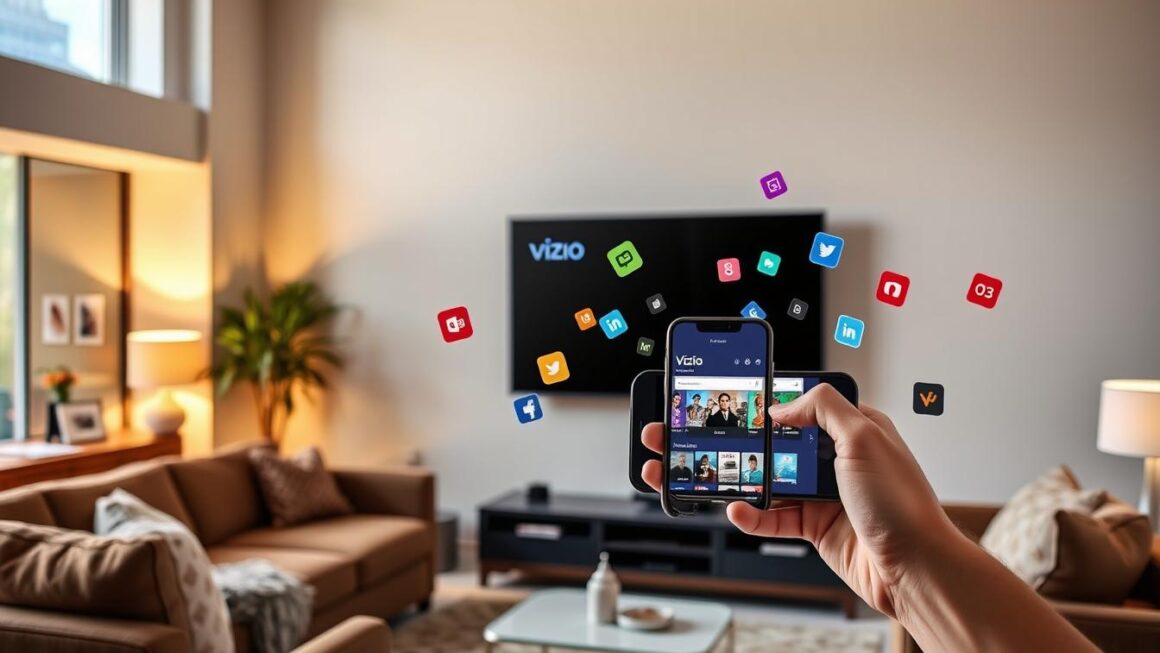In the last decade, the evolution of digital streaming platforms has dramatically transformed the landscape of entertainment as we know it. No longer confined to terrestrial broadcasts or physical media, audiences are embracing a new wave of content consumption that prioritizes accessibility, personalization, and mobility. The streaming revolution has redefined how we watch movies, television shows, and even listen to music, propelling the entertainment industry into an era marked by rapid technological advancements and shifting consumer behaviors.
The Rise of Streaming Services
The roots of the streaming revolution can be traced back to the widespread adoption of high-speed internet and advances in mobile technology. Early pioneers, like Netflix, Hulu, and Amazon Prime Video, laid the groundwork for a model that allowed consumers to watch what they wanted, when they wanted. As these platforms gained traction, traditional media companies took notice, prompting the launch of their own streaming services, such as Disney+, HBO Max, and Apple TV+.
Today, an ever-expanding array of options is available, catering to various tastes and preferences. From niche platforms like Shudder, which specializes in horror content, to expansive services offering vast libraries of films and series, consumers can easily find content that resonates with them. This variety not only empowers viewers but also establishes a highly competitive market.
The Shift in Consumer Behavior
The streaming revolution has also precipitated a significant change in consumer behavior. Traditional viewing habits, characterized by weekly episode releases and appointment-based television, have given way to binge-watching cultures. The ability to watch entire seasons at once has altered narrative pacing and storytelling techniques. Showrunners and writers are now crafting stories with bingeability in mind, leading to a more serialized approach with cliffhangers and character arcs that sustain viewer interest over extended periods.
Moreover, the viewer’s intimate relationship with digital platforms allows for tailored viewing experiences. Algorithm-driven recommendations curate content to align with individual preferences, ensuring that viewers are continually engaged and rarely left searching for what to watch next. This personalized approach fosters loyalty among consumers, making it crucial for platforms to understand and adapt to their audience’s viewing habits.
Innovations in Content Creation
Streaming services have not only changed how content is consumed but also how it is created. With access to vast amounts of data, these platforms can identify trends and genres that resonate with audiences, enabling them to invest in original content that appeals directly to viewer preferences. Netflix revolutionized this paradigm when it invested heavily in original series, resulting in hits like "Stranger Things," "The Crown," and "Bridgerton."
This shift has also encouraged diversity in storytelling and representation as platforms strive to attract a broad audience. From international films and series to content featuring underrepresented communities, streaming services are championing voices that have historically been marginalized in mainstream media. This commitment to diversity not only enriches the viewing experience but also reflects a more inclusive society.
The Global Landscape
The impact of the streaming revolution transcends borders. With the advent of digital platforms, international content is more accessible than ever. Viewers can discover and enjoy films and series from different cultures, leading to an increasingly interconnected global entertainment landscape. Services like Netflix and Amazon Prime Video have invested in localized content, producing original programming tailored for specific regional markets.
Moreover, the global nature of streaming has prompted significant conversations around copyright laws and content regulation. As audiences embrace international content, issues related to licensing, distribution rights, and cultural sensitivity come to the forefront, challenging both platforms and regulators to adapt to a fluid and ever-changing environment.
Challenges and the Future Ahead
Despite the myriad advantages, the streaming revolution faces several challenges. Increased competition has resulted in a fragmented market where consumers must grapple with multiple subscriptions, each offering their own exclusive content. This saturation can overwhelm viewers, leading to subscription fatigue and the potential for a cyclical return to cable-style bundling.
Furthermore, the rapid shift towards streaming raises questions about sustainability and profitability. As companies pour resources into content creation, ensuring financial viability without alienating consumers will be a critical balancing act moving forward.
Conclusion
The streaming revolution has fundamentally reshaped the future of entertainment, ushering in an era defined by personalization, accessibility, and global interconnectedness. As the landscape continues to evolve, both consumers and creators must navigate a world that is interconnected yet ever-changing. From the way we binge-watch our favorite series to how diverse narratives are told, the implications of this revolution are profound and far-reaching. While challenges remain, the potential for innovation and creativity in the streaming age is boundless, promising exciting times ahead for audiences and content creators alike.




